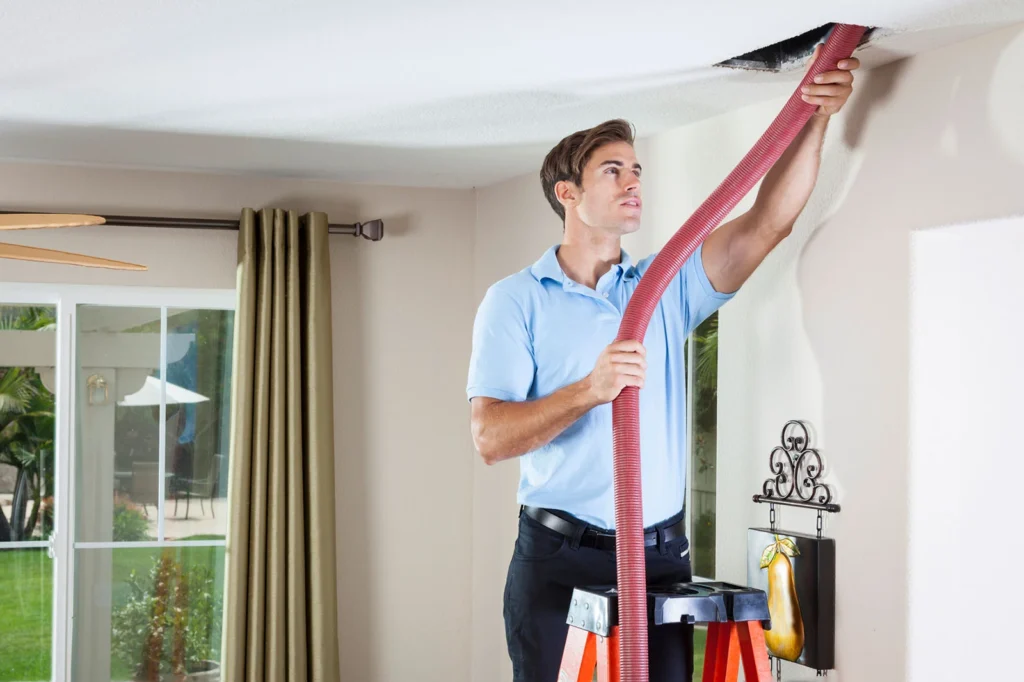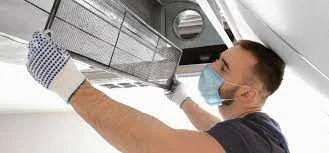
Let’s face it: cleaning air ducts probably isn’t at the top of your to-do list. But did you know that neglecting them can affect your health and your wallet? In this article, we’ll dive deep into everything you need to know about air duct cleaning. By the end, you’ll be a pro at understanding when and why you should keep those ducts squeaky clean!
What Are Air Ducts?
Air ducts are like the highways of your HVAC system. They transport heated or cooled air throughout your home, ensuring you stay comfy year-round. These ducts are hidden behind walls, ceilings, and floors, making them easy to forget about—until something goes wrong.
How Air Ducts Function in HVAC Systems
Think of your HVAC system as a heart and your air ducts as arteries. The HVAC unit pumps air through the ducts, distributing it evenly to maintain the desired temperature. Without clean ducts, this process can get clogged, much like arteries can with plaque.
Why Clean Air Ducts?
- Dirty air ducts can be a breeding ground for mold, bacteria, and allergens. Cleaning them regularly can significantly reduce the risk of respiratory issues, especially for those with allergies or asthma.
- Who doesn’t love fresh, clean air? Dust, pet dander, and other pollutants can accumulate in your ducts over time. Regular cleaning ensures that the air circulating in your home is as clean as possible.
- A clean duct system allows your HVAC unit to operate more efficiently. This means lower energy bills and a longer lifespan for your unit. It’s a win-win!
Signs That Your Air Ducts Need Cleaning
If you see dust and debris around your vents or coming out of them when the HVAC system is running, it’s a clear sign that your ducts need cleaning.
Notice a musty or stale smell when your HVAC system is on? That could indicate mold or mildew in your ducts. If household members are experiencing unexplained allergy symptoms or respiratory problems, dirty air ducts might be the culprit.
Are some rooms in your home cooler or warmer than others? This uneven heating or cooling could be due to blockages in your air ducts.
General Recommendations
The National Air Duct Cleaners Association (NADCA) recommends cleaning your air ducts every 3 to 5 years. However, this can vary based on several factors. While the 3 to 5-year guideline is a good starting point, other factors might necessitate more frequent cleanings.
Factors That Influence Cleaning Frequency
Living in an area with high humidity or pollution can lead to quicker dirt and mold buildup in your ducts. More people and pets mean more dust, hair, and dander. If you have a large family or furry friends, you might need to clean your ducts more often.
If anyone in your home suffers from allergies or asthma, cleaner air ducts can help alleviate their symptoms. Home renovations can generate a lot of dust and debris. If you’ve recently remodeled, it’s a good idea to have your ducts cleaned.
Benefits of Regular Air Duct Cleaning
Cleaner air ducts mean cleaner air, contributing to a healthier living environment for you and your family. When your HVAC system runs efficiently, it uses less energy, which can significantly lower your utility bills.
Regular maintenance, including air duct cleaning, can extend the life of your HVAC system, saving you money on costly repairs or replacements.
Potential Risks of Neglecting Air Duct Cleaning

Moisture and dust in air ducts can create an ideal environment for mold growth, which can be hazardous to your health.
Rodents and insects can find their way into dirty air ducts, causing a whole host of problems. Neglecting air duct cleaning can lead to poor indoor air quality, which can exacerbate allergies and respiratory issues.
DIY vs. Professional Air Duct Cleaning
DIY air duct cleaning can save money, but it might not be as thorough as professional cleaning. You’ll need the right tools and some know-how to do it properly. If you’re unsure about the process or have never cleaned air ducts before, it’s best to call a professional. They have the expertise and equipment to do the job right.
Inspection and Assessment
A professional will start with an inspection to assess the condition of your air ducts and determine the best cleaning method. The cleaning process typically involves using specialized tools to dislodge dirt and debris, followed by a high-powered vacuum to remove it all.
After cleaning, a professional will conduct a post-cleaning inspection to ensure that all contaminants have been removed and your ducts are clean.
Factors Affecting Cost
The cost of air duct cleaning can vary based on the size of your home, the extent of contamination, and the complexity of the duct system. On average, professional air duct cleaning can cost between $300 and $500. However, prices can go higher for larger homes or more complex systems.
Maintaining Clean Air Ducts
Regularly changing your HVAC filters and keeping your home clean can help maintain clean air ducts between professional cleanings. Using high-quality air filters and air purifiers can reduce the amount of dust and allergens that enter your duct system.
Common Myths about Air Duct Cleaning
Myth: Air Duct Cleaning is a Scam
While there are some disreputable companies, many reputable professionals provide valuable services that can improve your home’s air quality.
Myth: It Should Be Done Every Year
Annual air duct cleaning isn’t necessary for most homes. Stick to the 3 to 5-year guideline unless specific circumstances require more frequent cleaning.
Myth: It Doesn’t Impact Air Quality
Numerous studies and expert recommendations support the fact that clean air ducts can significantly improve indoor air quality.
Conclusion
Cleaning your air ducts is an essential part of home maintenance that shouldn’t be overlooked. Regular cleaning can improve your health, lower your energy bills, and extend the life of your HVAC system. By understanding the signs that your ducts need cleaning and following the recommended guidelines, you